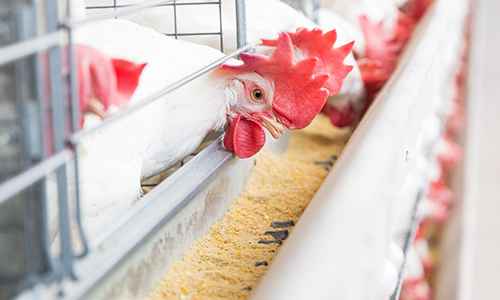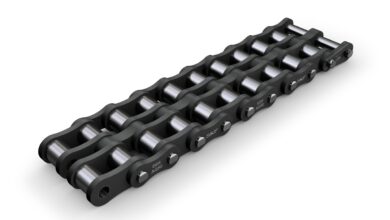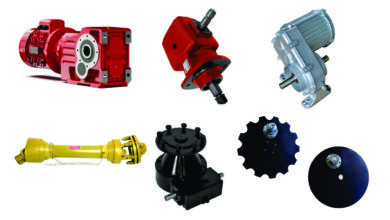
After years of frequent poultry feed price increases, it is now a known fact that the prices of raw materials, especially soya, maize, wheat, sunflower and cotton seed cakes are not going down any time soon. Animal feed is one of the single most important farm inputs in poultry production and the high cost of it is making farmers get meagre earnings. If this situation doesn’t change in the future, it will obviously impact on socio-economic welfare of our farming community. The Cabinet Secretary of Trade, Investment and Industry Moses Kuria stated it plainly: “We must stop the culture of complaining and look at our competitiveness. If you are not competitive, don’t expect mercy from the government.” So, may I ask, is own feed formulation the solution to high cost of production? Is it sensible for large scale farmers, to start thinking of making own feed at their backyard to make our products competitive enough? To answer these questions, here are factors to consider.
Tools and equipment for feed manufacture
For one to make animal feeds, there are two important equipment you need to procure. One needs a hammer mill, locally referred to as ‘posho mill’. This is important to grind large particles like maize into sizes that can be eaten by birds. Within the mill are sieves that make sure the particles are not mashed into powder. Birds are grain eaters by nature, with a strong preference for coarse particles. Fine particles are more difficult for birds to eat; therefore, they spend more energy for the same quantity consumed. You will also need a one-tonne mixer, weighing scales and ready source of power or electricity. All these are available locally at our light industries shades.
raw materials that are cheap and readily available
For you to make your own feed, you must judiciously select raw materials or feed ingredients that will supply in adequate amounts and proportion the nutrients that a bird requires at every stage of its life. The two most important raw materials needed for feed formulation are whole maize and soya. These two will constitute 77-85 per cent of all the raw materials needed for any kind of feed. You will also need some vegetable oil (5 per cent), limestone (1-2 per cent), Premix (2-2.5 per cent). Other raw materials like fish, sunflower cake, rice germ, wheat pollard, fat, cotton seed can be incorporated only when nutritive values are known. Please take note that they tend to vary from time to time. For a beginner, you will need an animal feed nutritionist to help you in your first mix.
Energy sources (maize, oats, wheat, barley, sorghum, Rice bran)
Maize is commonly used in feed formulation for energy source because it is the best source of metabolizable energy. Use of wheat is limited because of the price while sorghum, barley and rice are not readily available. Things like pollards, wheat bran, maize bran and rice bran are only used as fillers as they have little nutritive values. In real world, there is no ‘BEST’ formula in terms of raw materials used. In many formative stages, it is a trial-and-error method that will give one best results in performance and cost of production.
Protein supplements
The total protein content should be in the range of 18-22 per cent in the finished feed. The only popular source is soybean meal. It must not be fed raw, must be moderately heated to reduce antinutritive factors like trypsin inhibitor and again not overheated as that will destroy protein quality.
Minerals and premixes
It’s a mixture of vitamins, trace elements, other feed supplements like methionine, Lysine and mycotoxin binders that are included in the feed. There are layer, broiler, and chick premixes available in the market and must be portioned according to the type of bird and stage of growth. A good feed must be checked by various feed analysis tests carried out by established laboratories and again be confirmed by favourable outcome by the bird on the ground.







